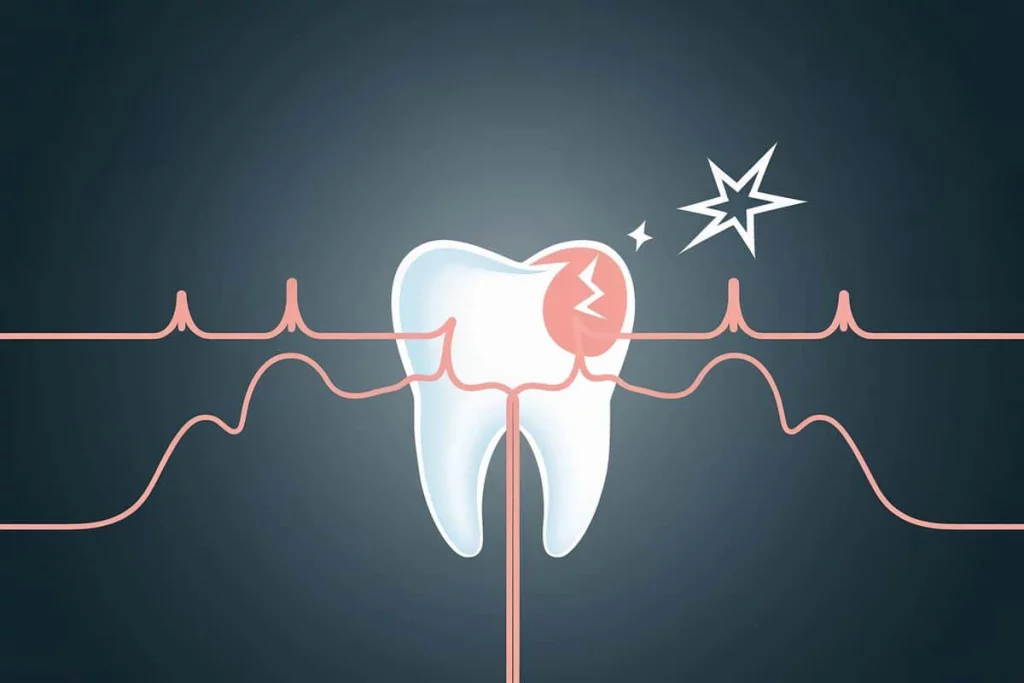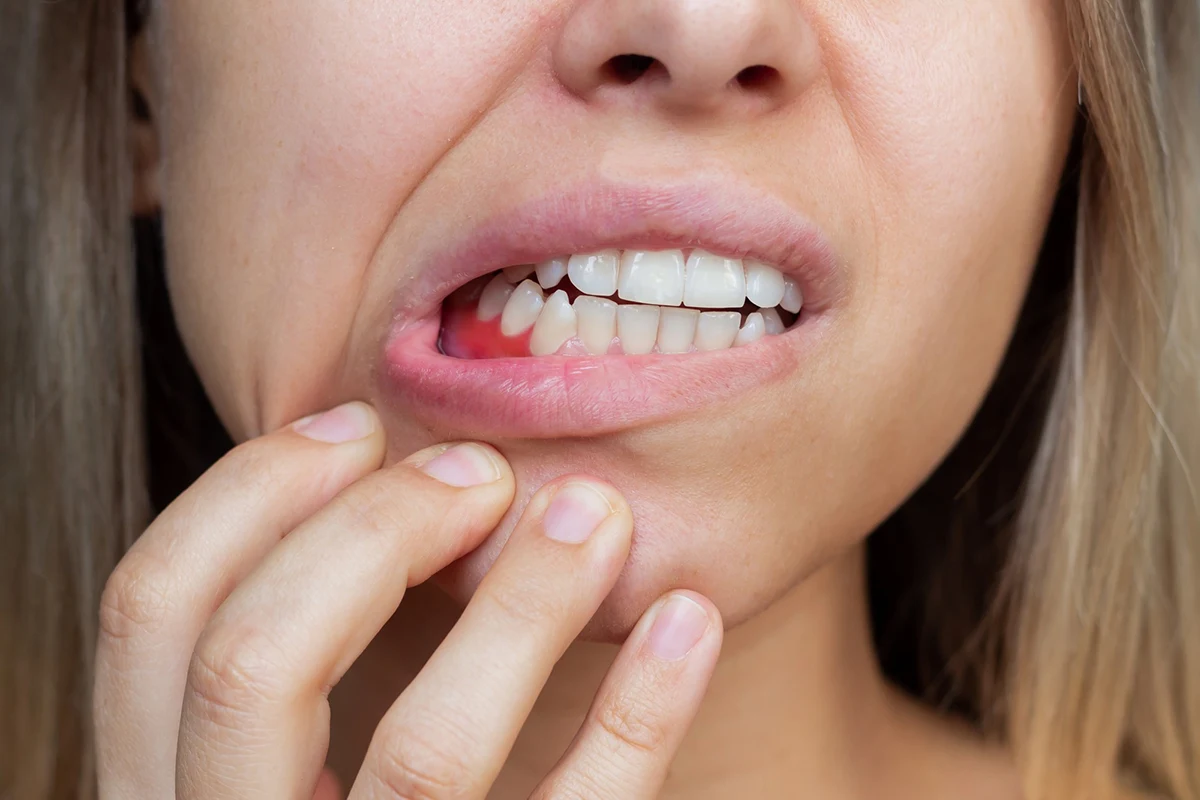Tooth pain is rarely random: it often points to an underlying biological or mechanical issue that needs prompt attention. In Geneva, DentalGeneva sees patients every week asking, “Where is this pain coming from?” Below are the most common causes, some that are frequently overlooked, and clinical advice so you know when to seek treatment.
Table of Contents
- Dental Caries: More Than Just a Cavity
- Pulp Infection and Periapical Abscess: Persistent Pain
- Periodontal Disease: When Gums Cause Dental Pain
- Bruxism: The Invisible Grind
- Tooth Fracture or Crack: Cracked Tooth Syndrome
- Dentin Hypersensitivity: Understanding the Hydrodynamic Theory
- Non‐Odontogenic Pain: When the Source Lies Elsewhere
Dental Caries: More Than Just a Cavity
Oral bacteria convert sugars into acids that demineralize enamel. If left unchecked, the decay reaches the dentin, then the pulp, leading to a painful pulpitis. Today, caries affect roughly 2 billion people worldwide and remain the most widespread noncommunicable disease.
Key point: Pain often shows up late; a six-month checkup allows for early, less invasive, and much more affordable care.
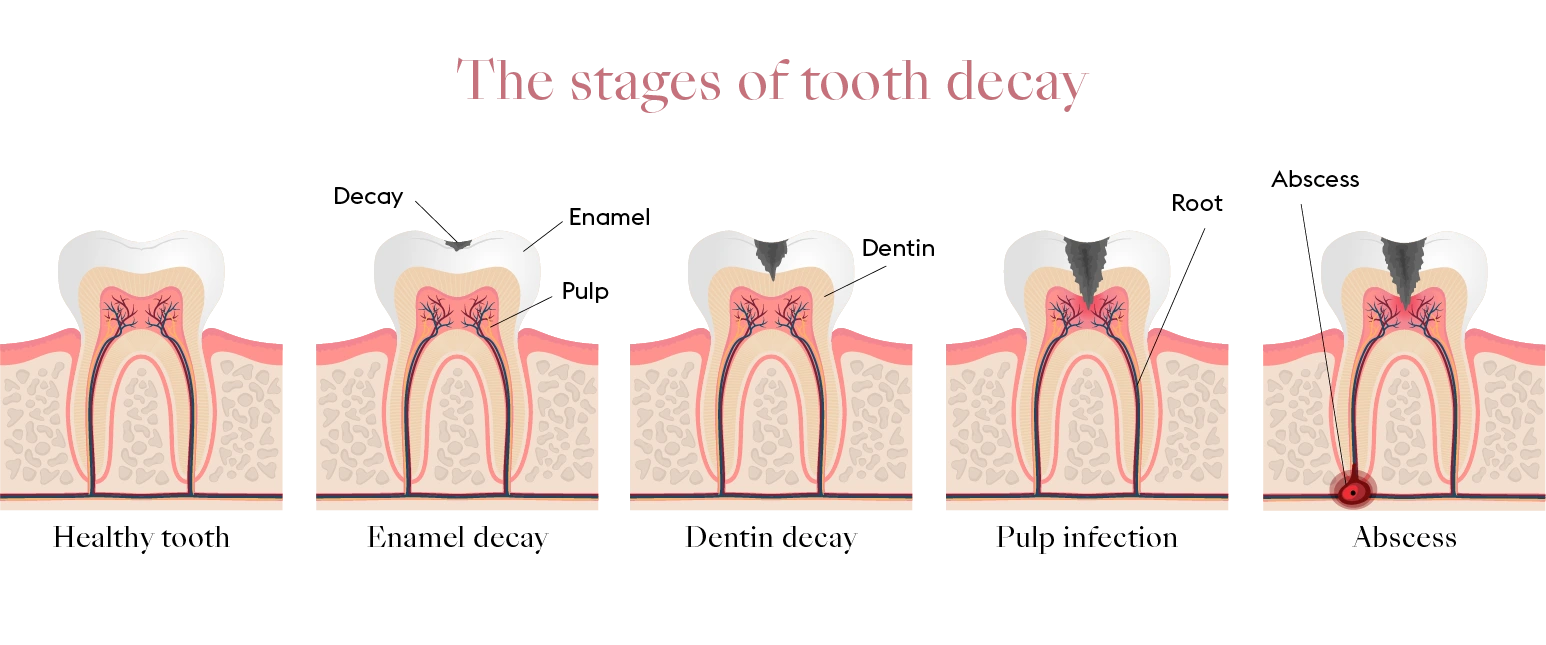
Pulp Infection and Periapical Abscess: Persistent Pain
As decay progresses, bacteria invade the pulp and travel down to the root tip (apex). A periapical abscess forms, making chewing unbearable. This situation heightens dental anxiety and drives up painkiller use. Acute cases require either root canal treatment or extraction.
Periodontal Disease: When Gums Cause Dental Pain
Periodontitis is a chronic infection of the tissues supporting the tooth—especially the periodontal ligament and alveolar bone. If untreated, it leads to progressive bone loss, gum recession, and tooth mobility, often accompanied by localized pain, particularly when chewing.
Periodontal pockets around teeth become bacterial reservoirs, fueling chronic inflammation and bad breath. For both aggressive and chronic forms, management relies on meticulous oral hygiene: brushing twice a day with proper technique, daily use of interdental brushes or floss, and, if needed, a water flosser.
Recommended treatment protocols include mechanical debridement of pockets (scaling and root planing), antimicrobial irrigation (chlorhexidine, hydrogen peroxide), and, in some cases, targeted antibiotics or periodontal surgery.
Early screening by a dentist prevents advanced, often irreversible, stages. At DentalGeneva, a full periodontal assessment is performed at every first visit.
Bruxism: The Invisible Grind
Clenching or grinding teeth—often during sleep—gradually wears down enamel, exposing dentin and bringing teeth ever closer to nerve endings. This can trigger constant sensitivity. A multidisciplinary approach is recommended: stress management, an occlusal splint, and cutting back on caffeine and nicotine.
Tooth Fracture or Crack: Cracked Tooth Syndrome
A blow to the mouth, a large filling, or chewing something hard can cause a crack, often invisible to the naked eye. The tooth responds with a brief but sharp pain when pressure is released or exposed to cold. Diagnosis relies on transillumination and placing a temporary crown to stabilize the tooth.
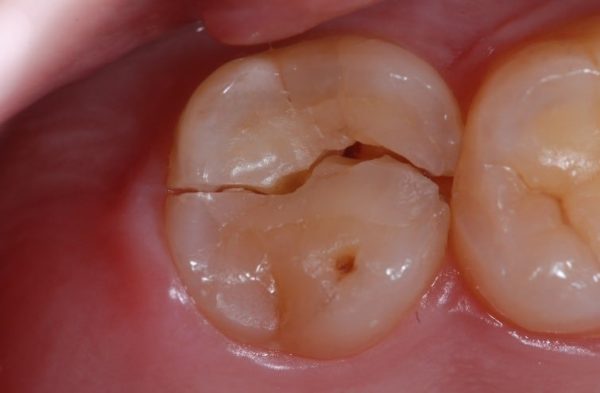
Dentin Hypersensitivity: Understanding the Hydrodynamic Theory
For some patients, a gust of wind can send an electric jolt through a tooth: this is dentin hypersensitivity. Acid erosion, aggressive brushing, or frequent whitening expose dentinal tubules. Brännström’s hydrodynamic theory explains how fluid shifts within these tubules stimulate pulp nociceptors.
What to do: Use desensitizing toothpaste containing potassium nitrate, apply high-concentration fluoride varnishes, or restore exposed areas with glass ionomers or composite resin if there’s actual tooth substance loss.
Non‐Odontogenic Pain: When the Source Lies Elsewhere
Maxillary Sinusitis
The roots of upper molars lie very close to the sinus floor. A sinus infection—or vice versa, a dental infection spreading into the sinus—causes diffuse pain that worsens when leaning forward. The ScienceDirect Journal estimates that around 10 percent of maxillary sinusitis cases have a dental origin.

Trigeminal Neuralgia
This neurological condition manifests as lightning-like electric shocks, sometimes mistaken for a toothache. Dental treatment is ineffective here and often delays the correct diagnosis. Neuroimaging followed by a prescription for carbamazepine typically brings rapid relief.
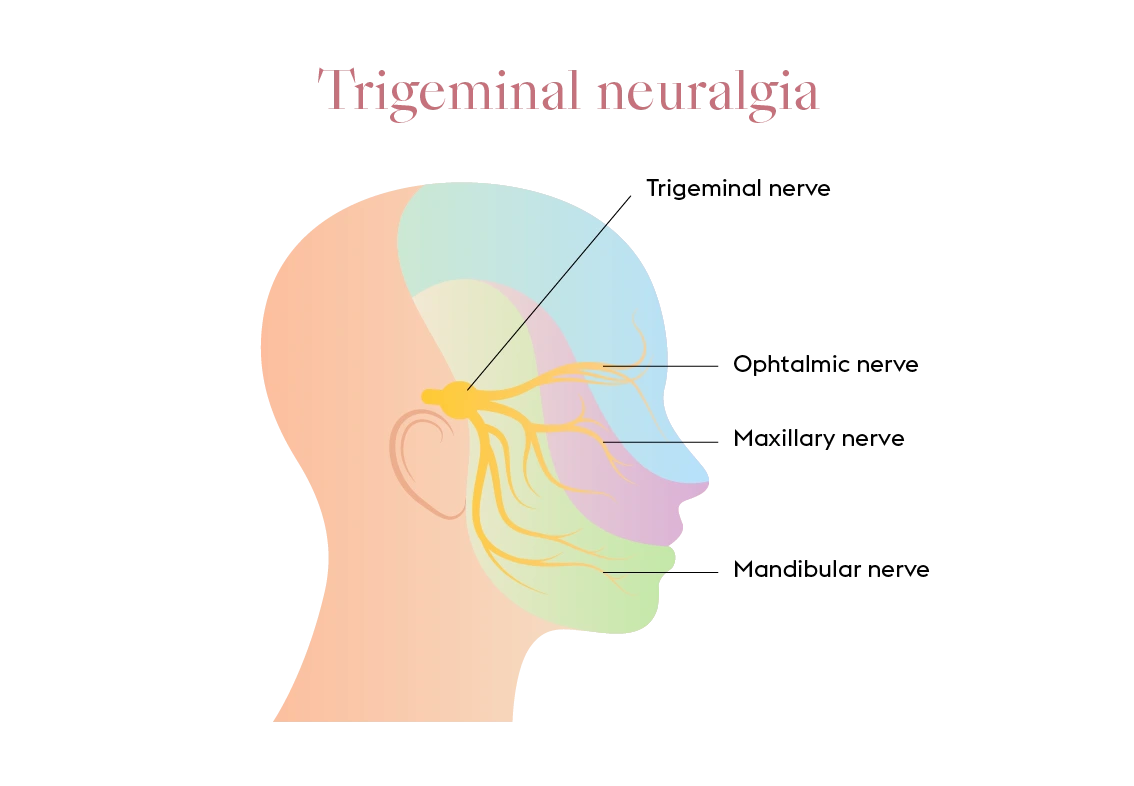
When to See DentalGeneva
If pain persists for more than 48 hours, wakes you at night, or comes with a fever, book an appointment immediately. Our team, equipped with radiography, quickly identifies the cause and recommends the most conservative treatment possible.
Take care of your smile, it’s lifelong health capital!
